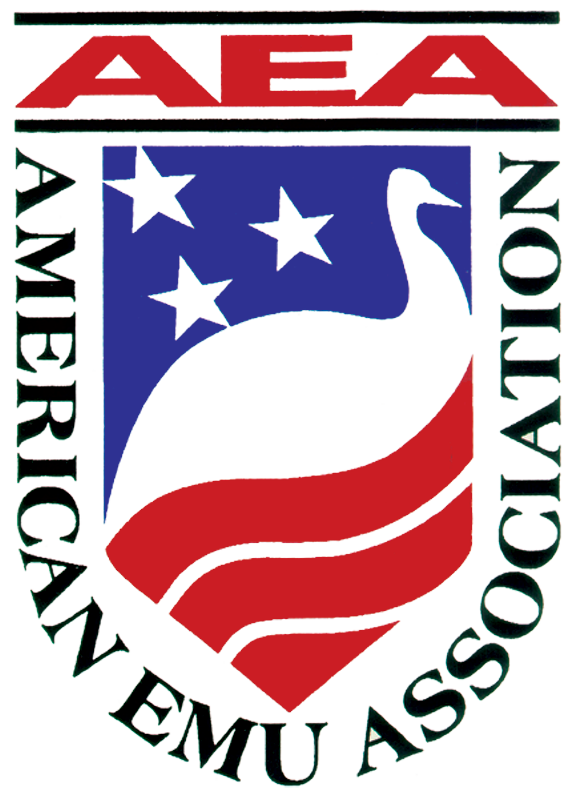Emu Oil(s): A Source of Non Toxic Transdermal Anti-Inflammatory Agents in Aboriginal Medicine
The emu (“bush chook”) is a free-roving large flightless bird indigenous to Australia, now farmed in Australia, Canada, Europe, and the U.S.A. The native Aboriginals and early white settlers in Australia rubbed on the liquid fat to facilitate wound healing and to alleviate pain and disability from various musculoskeletal disorders.
An adult bird (15 months old) weighing 45 kg carries up to I0kg of body fat, from which 7-8 litres of thick oil is obtained by rendering at temperatures up to 90°C. Filtering this semisolid fat at 25°C yields 20-80% v/v of clear oil (CO); the proportion varying with conditions of nurture and other factors (genetic stock, stress, etc.).
The CO varies greatly in content of a) natural antioxidants (e.g., carotenoids, flavones), and b) skin permeation-enhancing (PE) factors e.g. unesterified oleic acid, sesquiterpenes. The content of alpha-linolenic acid (18:3) in the total triglyceride fraction varies notably from almost zero (many farmed birds) to almost 20% (some feral birds), also reflecting significant differences in basal diet. So far, we have been unable to find any clear correlations between pigment or 18:3 content of a CO and its anti-inflammatory potency.
Evidence for the variability in anti-inflammatory potency (AlP) of different emu oils was obtained using the rat adjuvant arthritis model (Snowden & Whitehouse 1997). To eliminate variations in PE content between clarified oils, I 5% v/v cineole (eucalyptol) was added to all samples before testing. Olive oil was used as diluent in dose-response studies with the maximum daily topical dose being 2ml/kg of emu oil applied for four days to shaved dorsum of rats from the time of onset of arthritic symptoms.
Some oils were equipotent with oral aspirin in this rat assay (EDS0±300mg/kg) and showed analgesic activity in preliminary clinical studies. These active oils were fractionated to yield low-triglyceride concentrates with significant reproducible AlP (ED50± IOmg/kg) when applied transdermally in bland oils (olive, lard, inactive emu oils). Remarkably these active concentrates (10mg/rat) effectively ablated arthritis development when co-administered with arthritigesic adjuvants (Ghosh et al 1995); a property shared with very few NSAIDs, e.g. nimesulide, oxindole, zinc monoglycerolate and Lyprinol® (Whitehouse et aI 1990, 1997).
The best sources of active oils to date have been from Aboriginal owned farms in Western Australia and Queensland, with brood stock recently derived from feral birds and fed a mixture of grains with natural additives from the local bush.
Ghosh P, Whitehouse M, Turner A, Dawson M. (1995) US patent No. 5,431,924.
Snowden J, Whitehouse M (1997) Inflammopharmacolgy (in press)
Whitehouse MW, Rainsford, KD, et aI (1990) Agents Actions 31,47
Whitehouse MW, Macrides TA, et aI (1997) accompanying Abstract

Founded in 1989, The American Emu Association is a non-profit trade association representing breeders, producers and marketers of emu meat, oil and other emu co-products. The emu industry is an alternative agricultural industry, dominated by the small farmer, who is devoted to humane and environmentally positive practices that will produce beneficial products for society. For more information about the American Emu Association (AEA) or the emu industry visit http://aea-emu.org